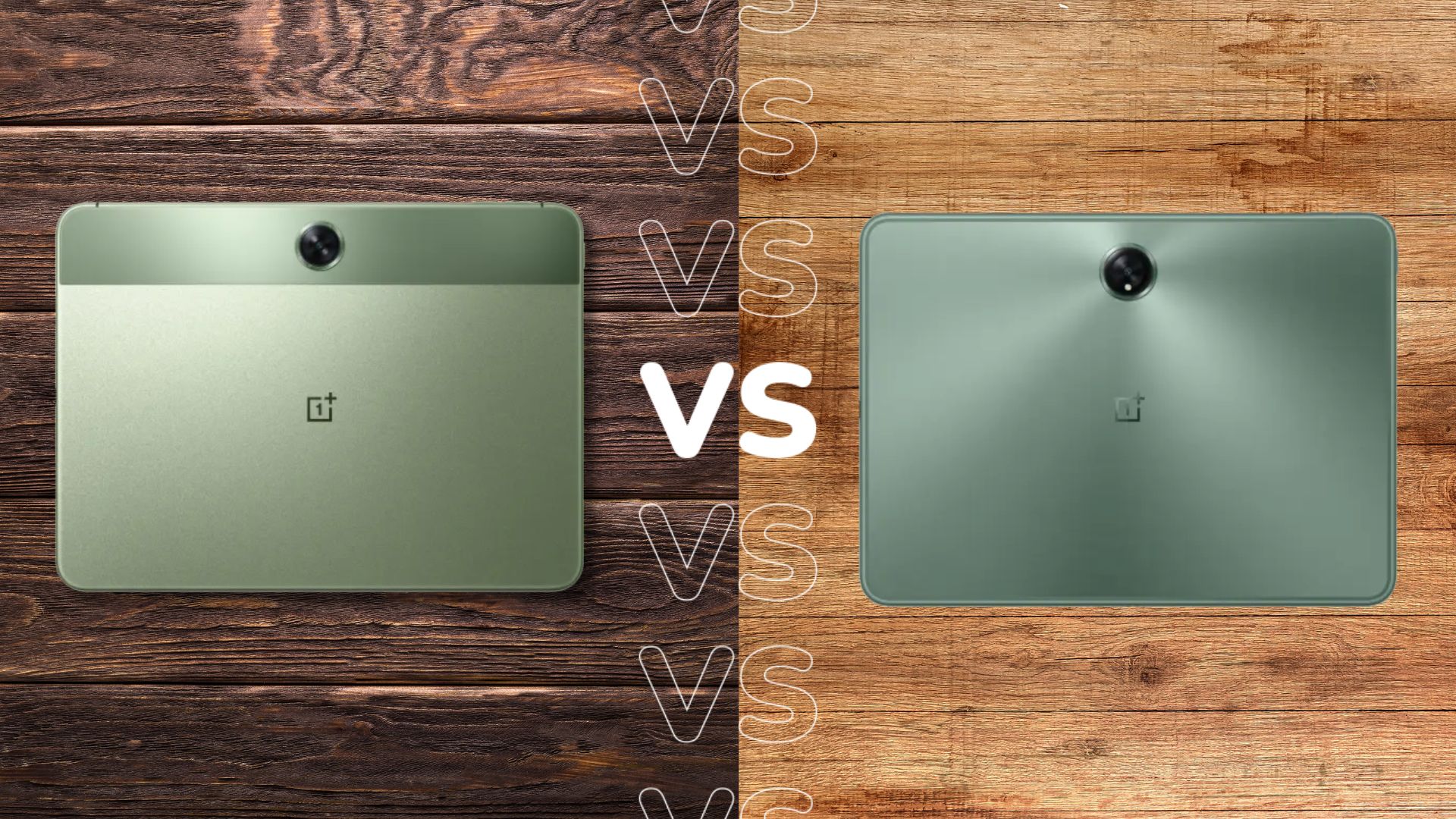OnePlus Open vs Samsung Galaxy Z Fold 5: Which Foldable is best?
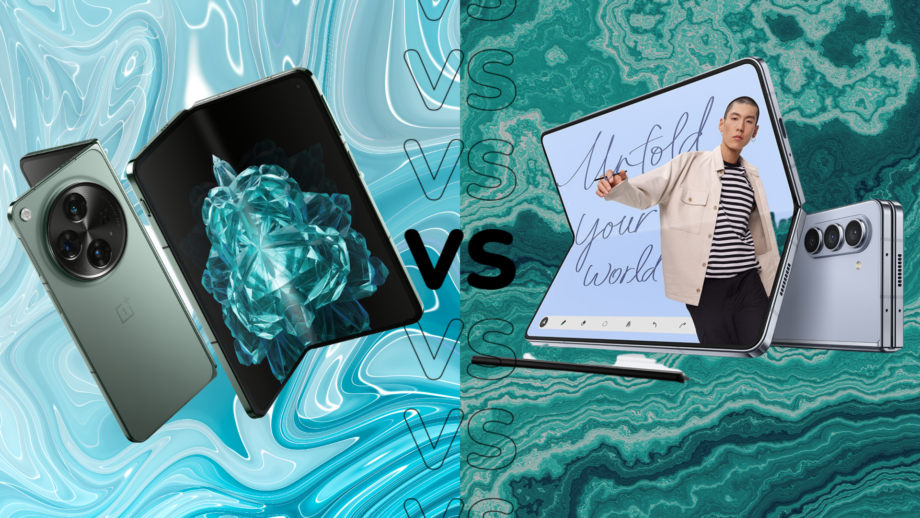
If you’ve been thinking about stepping into the foldable handset space then you have a couple of very reliable options.
The foldable market has grown massively within the last couple of years, with more and more iconic brands throwing their hats into the ring. You’re likely familiar with the iconic Samsung Galaxy Z Fold and Galaxy Z Flip ranges, which offer foldable devices at varying prices.
The Galaxy Z Fold 5 is the most recent device in this range, scoring an impressive 4 stars from us thanks to its large, vibrant display and powerful chipset.
But now, OnePlus has added to its vast handset collection with the OnePlus Open, which will be available to buy from the 26th of October – and it’s scored an even higher 4.5 stars.
If you want to learn even more about these two handsets and how they stack up then make sure you keep reading, as we’re going to be running through all the best – and worst – aspects of each handset so you can make an informed decision.

Pre-order the OnePlus Open here
Pre-order the newest foldable on the market and get a free pair of OnePlus Buds Pro 2 worth £179 at the same time.
- OnePlus
- £99 deposit
- £1599 in total
Price
The Samsung Galaxy Z Fold 5 launched earlier this year and can be found on both the Samsung website as well as third-party sites. The base model can be found for £1749/$1799, making it a costly investment.
The OpenPlus Open will be available for pre-order from the 20th of October, with orders shipping from the 26th of October. It is available exclusively from the OnePlus website and has a starting price of £1599/$1699, making it the more affordable option, albeit not by a whole lot.
Design and Screen
As you can guess, both of these handsets feature a foldable design. Starting with Samsung, the Galaxy Z Fold 5 comes with two displays; the main display comes with a 7.4-inch Dynamic AMOLED 2X panel with a max refresh rate of 120Hz, alongside a 2176×1812 resolution. The second display is smaller, at 6.1 inches. It also features Dynamic AMOLED 2X and comes with a 2316×904 resolution.
We found the Galaxy Z Fold 5 to be a nifty device, with the large screen space allowing our reviewer to access all of their apps without needing to unfold the device. The larger display’s max brightness – which sits at 1750 nits maximum brightness – was a real boon for outdoor viewing and watching HDR-supported content. Combined with the vibrant colours and deep, inky blacks, it’s a great handset for watching video content.
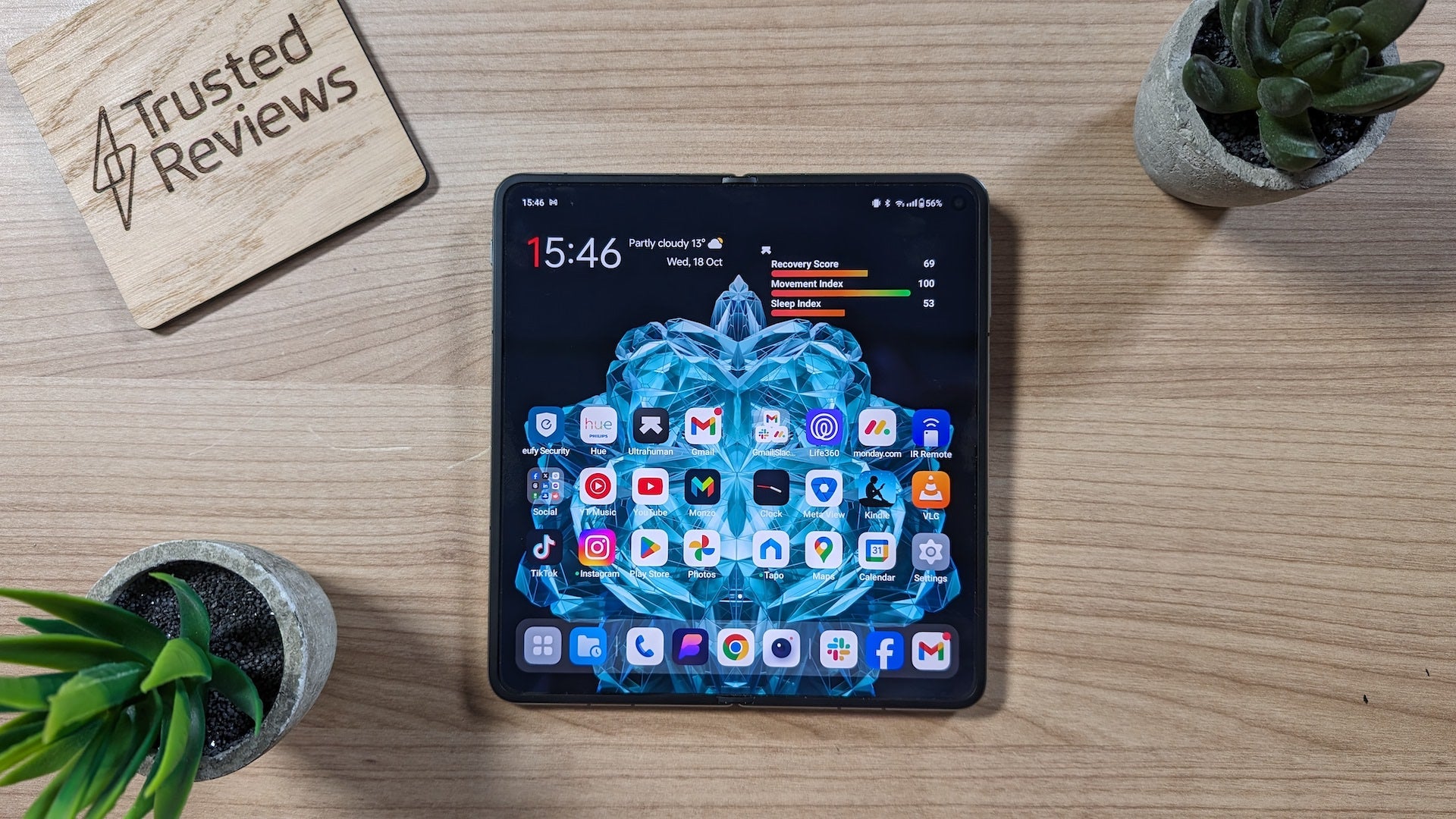
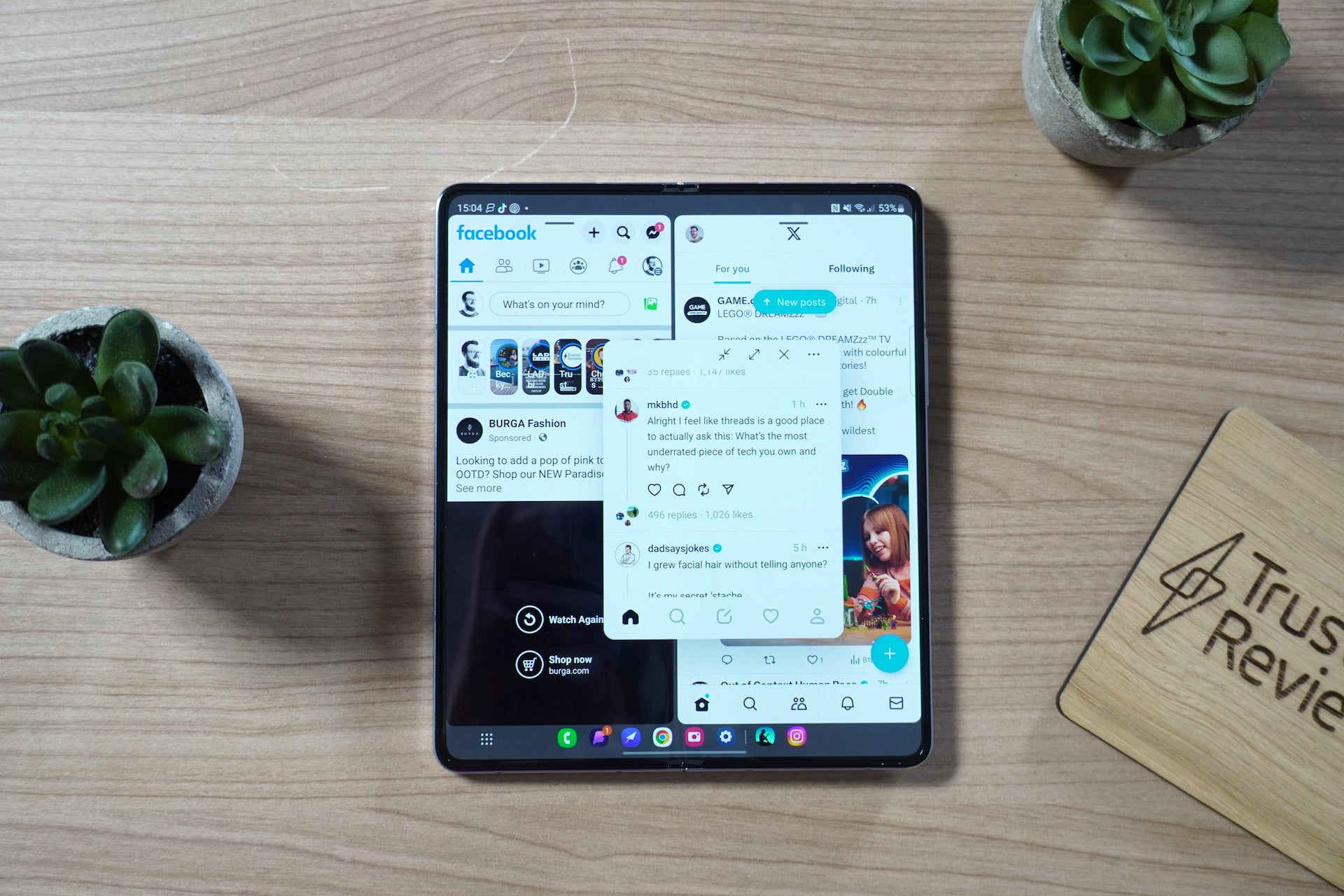
There still is one big issue with the inner display, however, which remains to be the central crease. The reduction of the crease is best described as minimal, although as the week went on, we did start to notice it less and less.
In terms of the design, the Galaxy Z Fold 5 managed to close the space between the two displays with no hint of a gap. It’s slightly thinner and lighter than its predecessor; we found that it wasn’t too heavy during use, but it is still much bulkier than a standard brick handset. It can be found in a wide array of colours, including Icy Blue, Phantom Black, Cream, Blue and Grey. It’s worth noting that the availability of these colourways is dependent on your country and carrier, but it’s nice to see such a variation in terms of personalisation.
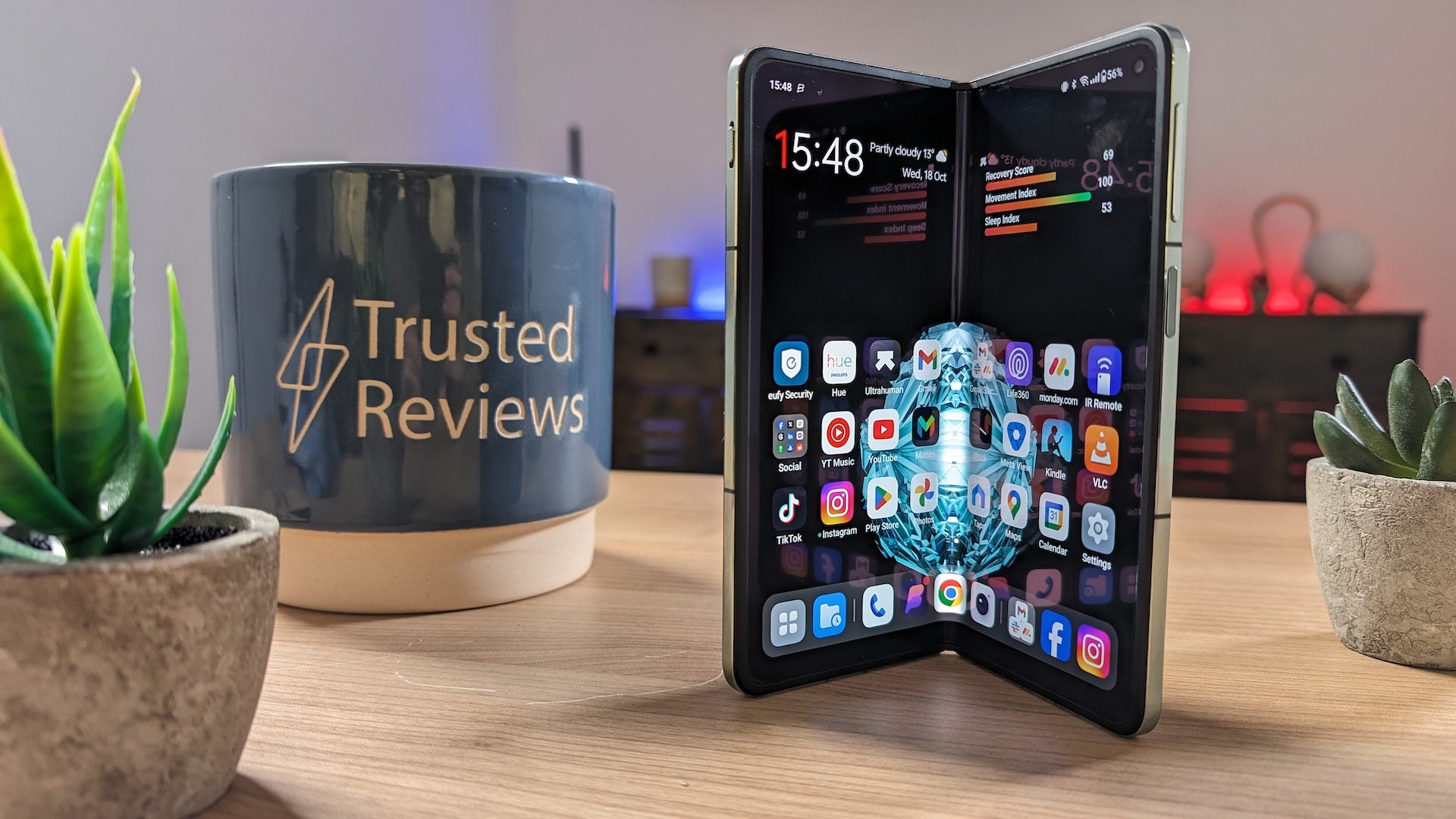
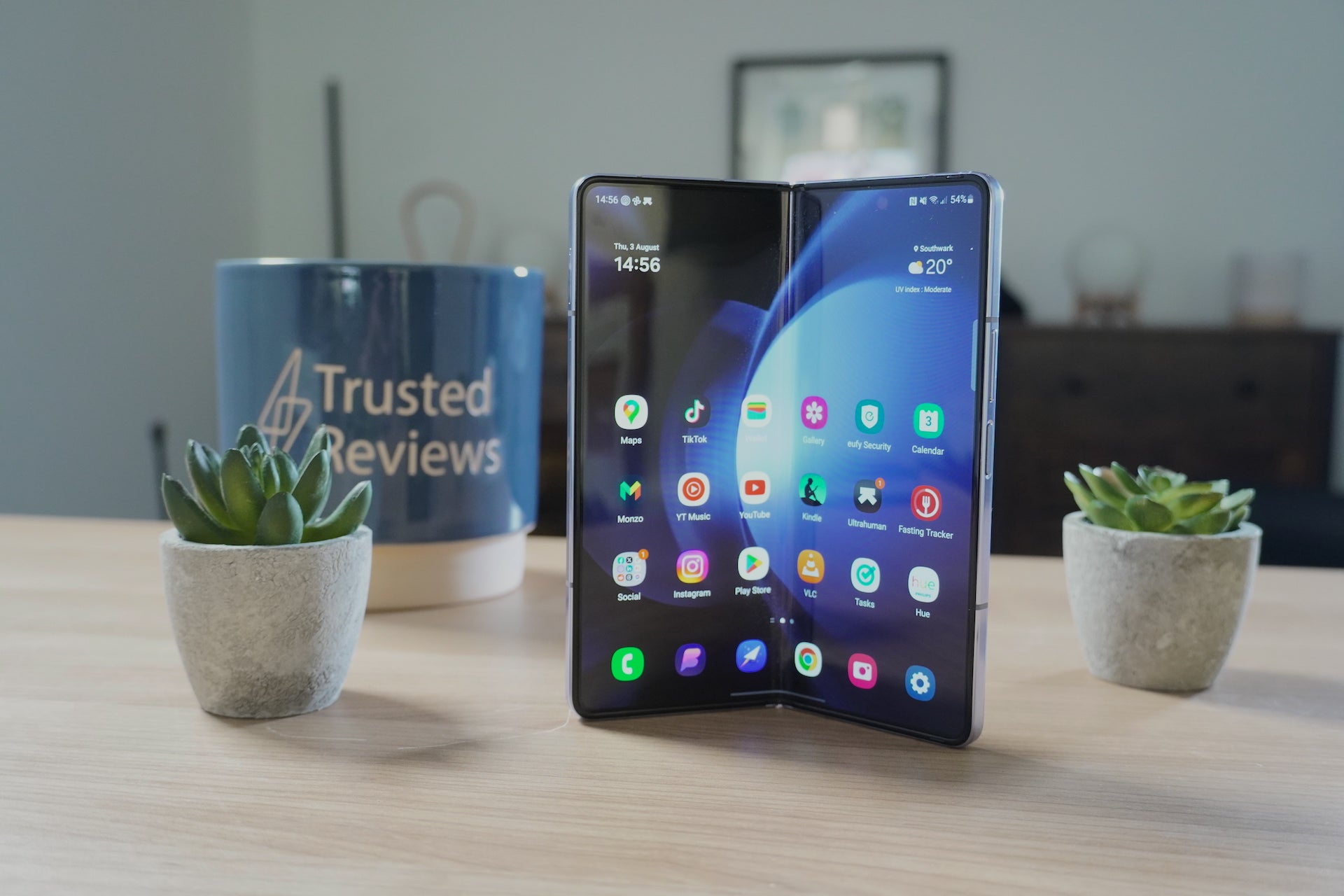
In the same vein as the Galaxy Z Fold 5, the OnePlus Fold also comes with two displays for you to interact with. The cover screen sits at 6.31 inches with a 10Hz-120Hz adaptive refresh rate alongside a Quad HD+ resolution. The inner, larger AMOLED display sits at 7.82 inches. It packs the same Quad HD+ resolution and has an even more impressive adaptive refresh rate that can jump from 1Hz to 120Hz.
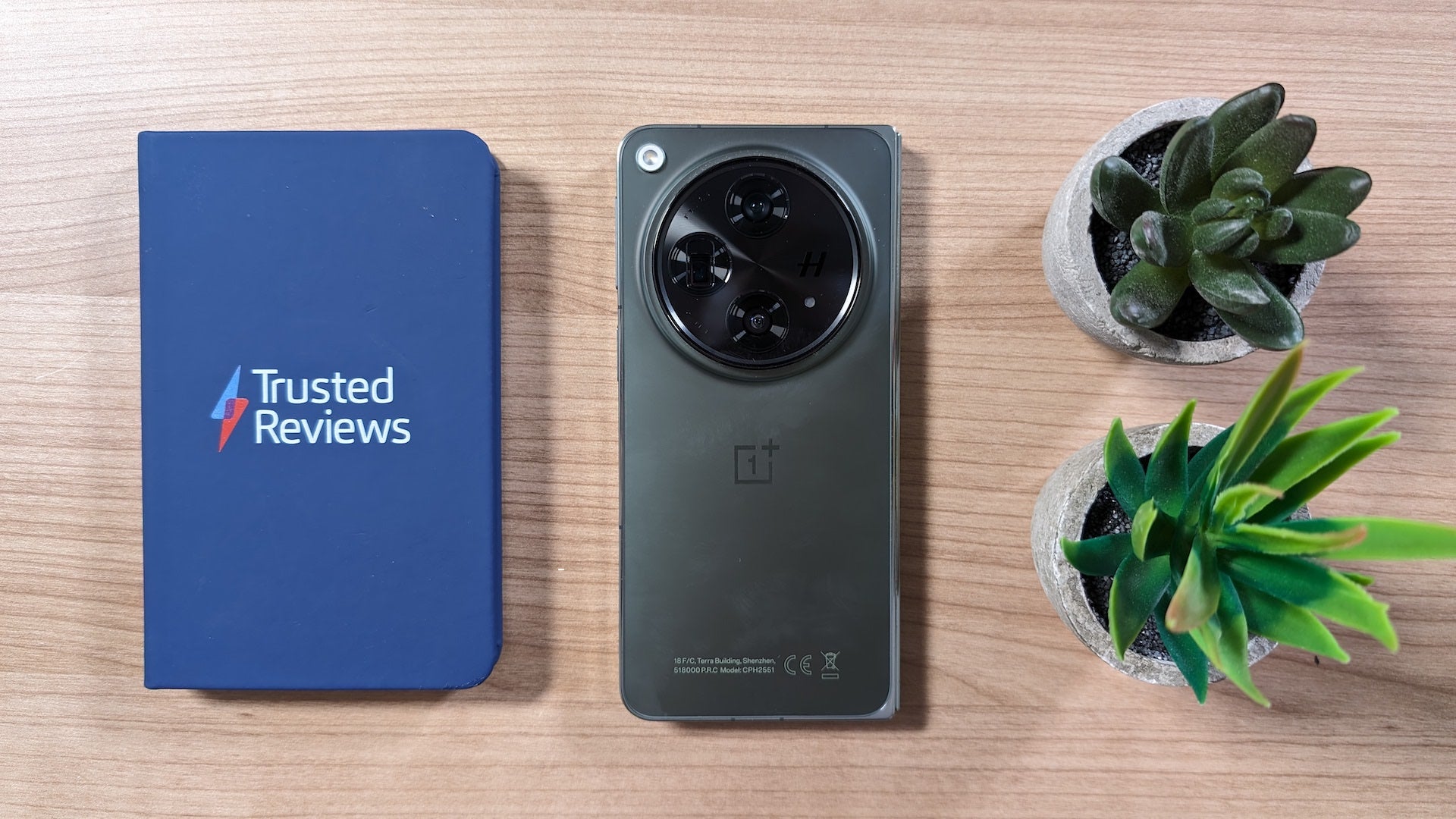

We found the 20:9 cover display to be a huge boon compared to the Galaxy Z Fold 5; this model is more comfortable to type on and provides a wider view that’s better suited to portrait content. Support for HDR10+ and Dolby Vision offers a top-notch visual experience with vibrant colours, crisp text and inky blacks when streaming video content.
There is a slightly visible dent in the display when looking at it off-angle, but overall, the crease is barely existent. When our reviewer ran their finger over the central crease, it revealed slight divots rather than the canyons found on both the Google Pixel Fold and Galaxy Z Fold 5. Like other 2023 foldables, the OnePlus Open closes completely flat when folded. The hinge was solid and we found it to be relatively thin at 5.8mm when unfolded, a lot slimmer than the 6.5mm, Galaxy Z Fold 5.
Performance
At the heart of the Galaxy Z Fold 5, there is the Snapdragon 8 Gen 2 for Galaxy, which is a custom version of the Snapdragon 8 Gen 2 made specifically for Samsung handsets. This is coupled with 12GB LPDDR5X RAM and either 256GB, 512GB or 1TB of UFS 4.0 storage. We found that this handset felt rapid and responsive during our review period, instantly opening apps and running two apps on screen without any hiccups. Gaming was more than possible, with games like War of Tanks running at a smooth 60fps with every optional graphic enabled.
The OnePlus Open, on the other hand, comes with the standard Snapdragon 8 Gen 2 mobile platform. This comes with a whopping 16GB LPDDR5X RAM alongside 512GB UFS 4.0 storage. We found that this handset delivered a top-notch experience; apps loaded instantly and animations looked buttery smooth, and games could be played with high-end textures enabled with no issues. OnePlus also included a new 3D cross-hinge cooling system that can intelligently move heat around two halves of the phone for better heat dissipation. This feature worked very well for us and ensures that the handset won’t overheat during intensive tasks.
Camera
The Galaxy Z Fold 5 comes with the same camera setup as its predecessor, the Galaxy Z Fold 4, suggesting that Samsung is very confident in its camera capabilities. It comes with a 50-megapixel main sensor, alongside a 13MP ultrawide lens and 10MP secondary lens with support for 3x optical zoom.


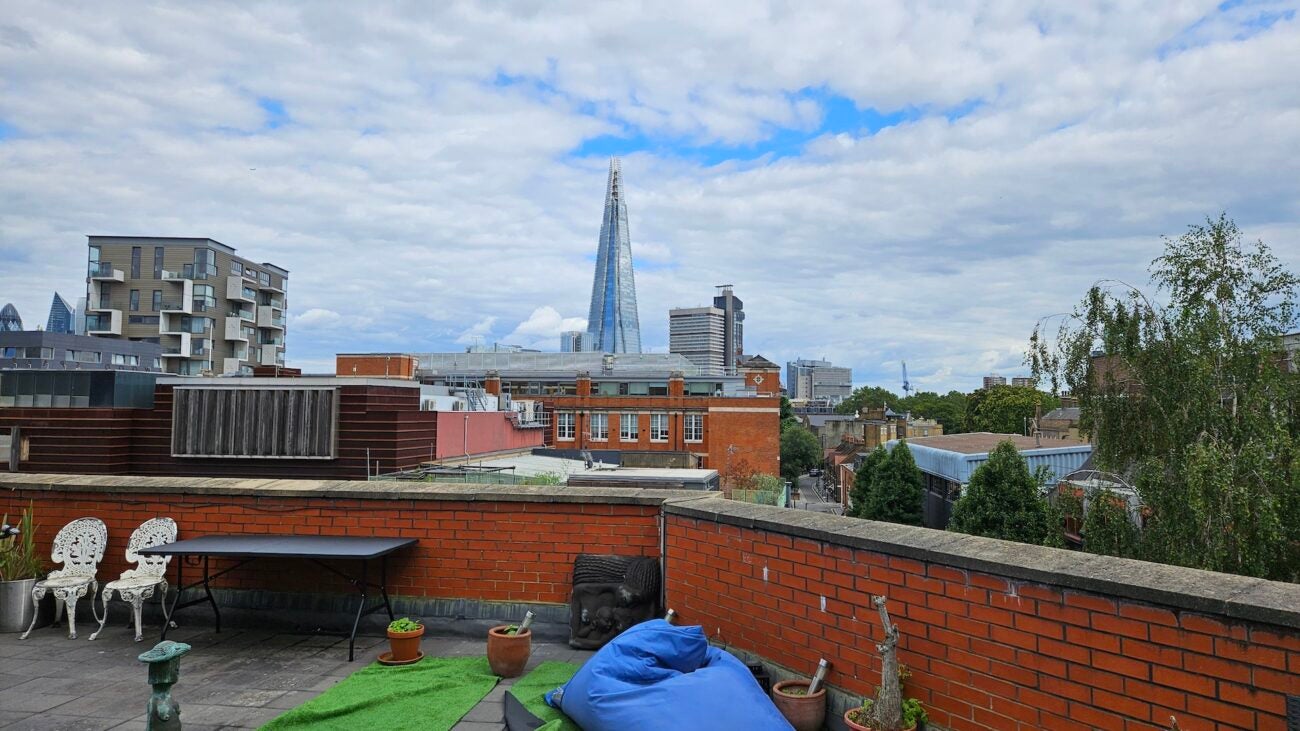


We found that photos taken with the 50MP snapper in bright, well-lit environments were detailed and vibrant with plenty of light. HDR performance was also generally impressive with balanced lighting and colours across all three lenses were vivid, if not a little too saturated. The main lens was serviceable in low-light conditions but it was clear that the software was doing a lot of the heavy lifting.
OnePlus went all out for the camera setup for the OnePlus Open; it’s the first foldable phone to collaborate with Hasselblad and clearly has put a lot of effort into the camera department. It comes with a triple camera array, including a 48-megapixel custom Sony sensor, a 64MP customised Omnivision telephoto lens with 3x and 6x optical zoom as well as a 48MP ultrawide sensor.



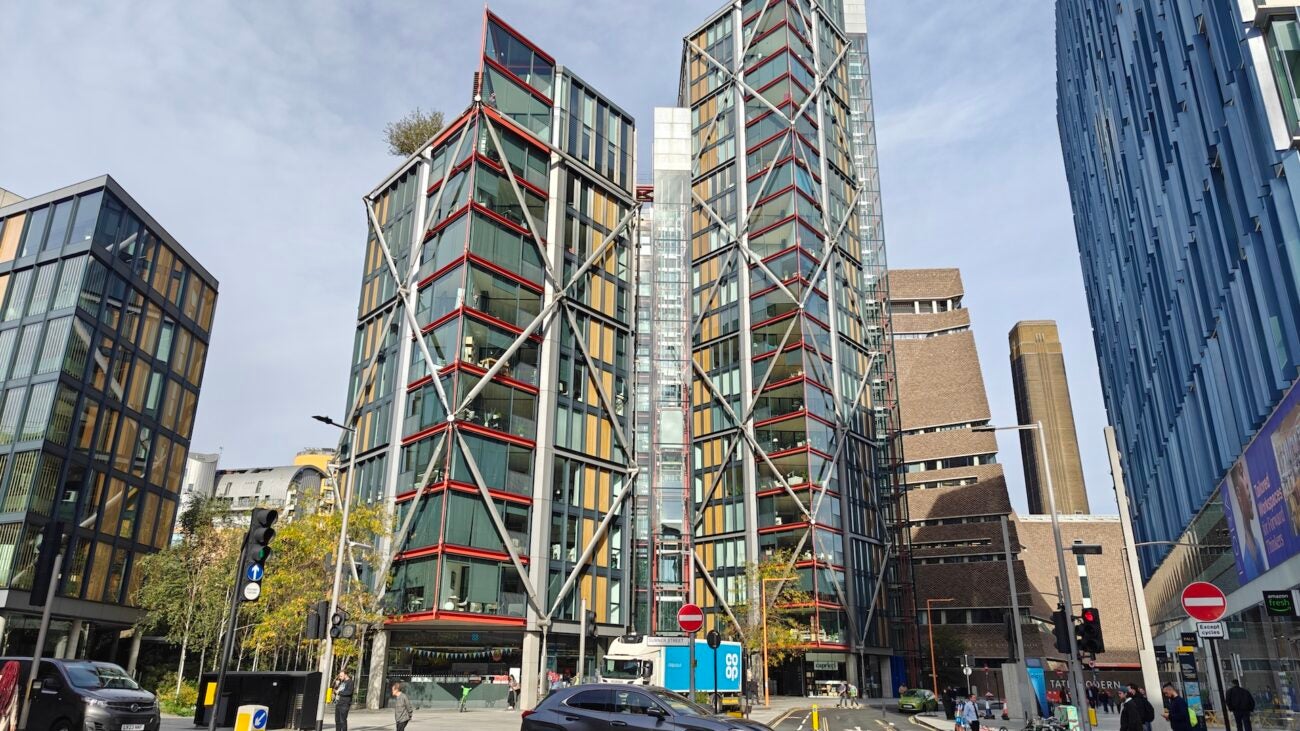

We found the main 48MP snapper to be an absolute delight, boasting great brightness and sharp detail even when using the zoom feature. In low-light conditions, the OnePlus Open fared very well; shots on a rainy day in London revealed crisp detail, balanced lighting and plenty of colour. The 64MP lens boasts both 3x and 6x optical zoom and we found that even when pushed past those limits, the phone managed to produce some very impressive snaps.
Battery Life
The Galaxy Z Fold 5 sports the same 4400mAh battery as its predecessor, meaning that it has a very similar endurance as the Galaxy Z Fold 4. We managed to get to the end of the day with between 15-20% battery left in the tank, which includes around 5 hours of on-screen time.
We thought it was a commendable effort, especially since it packs such a power-hungry display. The charging speeds were around average, hitting 50% in 32 minutes and a full charge in just over an hour and 20 minutes.
The OnePlus Open comes with a 4805mAh battery, with two battery cells – one 3295mAh cell, one 1510mAh cell – split across the phone. Our reviewer kept the phone unplugged for around 18 hours at a time and never ran out of battery, even with up to five hours of screen-on time and multiple apps being opened.
Support for OnePlus SuperVOOC 68W fast charging delivers a 50% charge in 22 minutes and a full charge in only 46 minutes. That’s the fastest charging speed of any book-style foldable available in Europe right now, which makes it a great pick for anyone who usually forgets to top up their phone.



